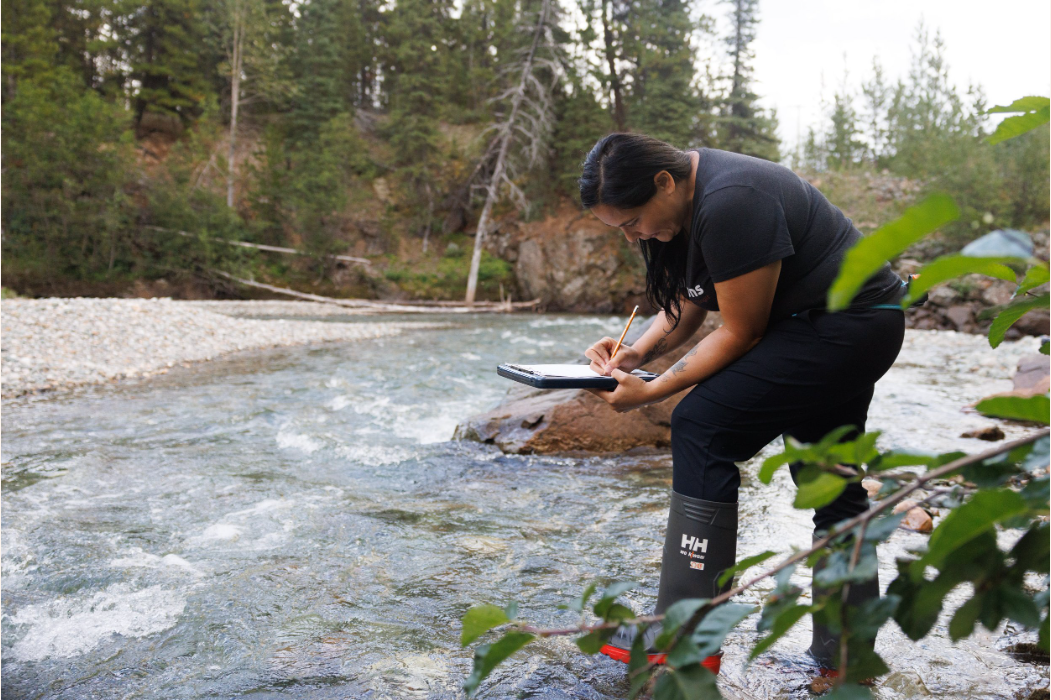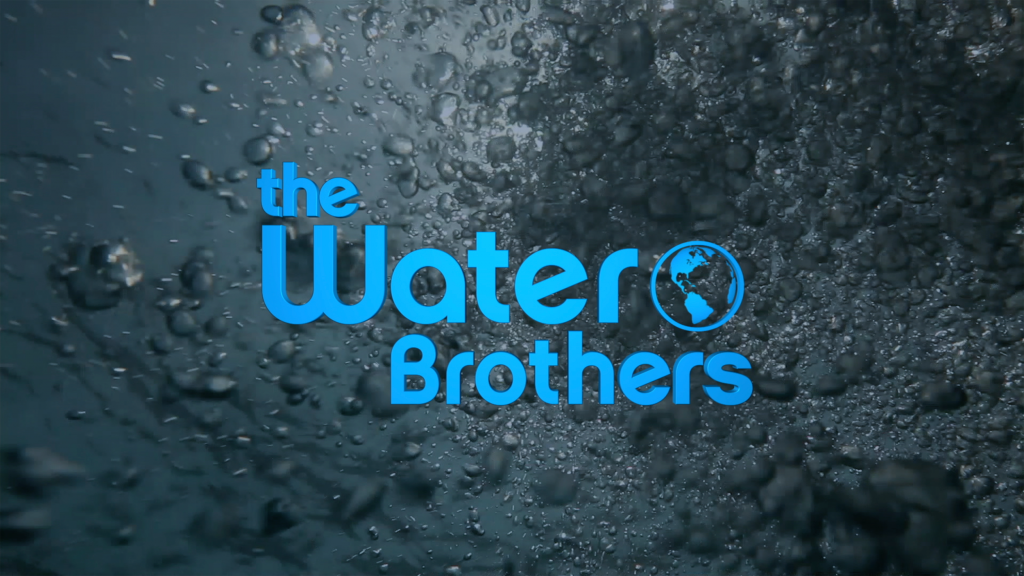Vegetation management
Content related to: Vegetation management
Sphagnum Mosses, the Impact of Disturbances and Anthropogenic Management Actions on their Ecological Role in CO2 Fluxes Generated in Peatland Ecosystems
Intentional Anthropogenic Additions to Soils: Pesticides
Woody Vegetation Indicators Vary With Time Since Wetland Restoration
5 Breakthroughs in Indigenous-led Conservation & Stewardship in 2023

December 20, 2023
The Indigenous leadership that generated international attention at last December’s COP15 Biodiversity Summit in Montreal continued to shine through 2023. The year brought challenges, including record-breaking wildfires that devastated communities across the country and sent smoke billowing for thousands of kilometres. But from the community level to the national stage, Indigenous Nations offered solutions for caring for lands and waters. Canadians welcomed these contributions: 75% of Canadians support the Guardians programs, for instance, according to a recent poll.
Here are some highlights ILI is proud to be a part of in 2023.
Wetland Knowledge Exchange December 2023 Newsletter
The Water Brothers

|
The Water Brothers, a Canadian, eco-adventure TV series is exploring our vital connection with water and examining the wetlands of Ontario. |
 |
|
The Breathing Lands highlights the peatlands of northern Ontario, emphasizing their vital roles in carbon storage and biodiversity while also acknowledging the threats posed to them by climate change and resource extraction. The episode showcases the work of several experts including Dr. Mike Waddington and Dr. Brian Branfireun who are researching the impact climate change will have on peatland fire behavior and peat carbon stocks. It also displays the work of Dr. Sarah Finkelstein, John Turner, and The Moose Cree First Nation who are working to map the carbon stocks and develop an Indigenous Protected and Conserved Area in the North French River watershed. |
 |
|
Paving over Paradise shifts the focus to Ontario's south and explores challenges around habitat loss due to increasing human development and invasive species. McMaster University researchers identify crucial Blanding turtle habitat, while Dr. Rebecca Rooney and Dr. Janice Gilbert combat phragmites, a highly invasive wetland plant. Organizations like ALUS and Ducks Unlimited Canada work to restore lost wetlands by compensating landowners for ecosystem services. |

